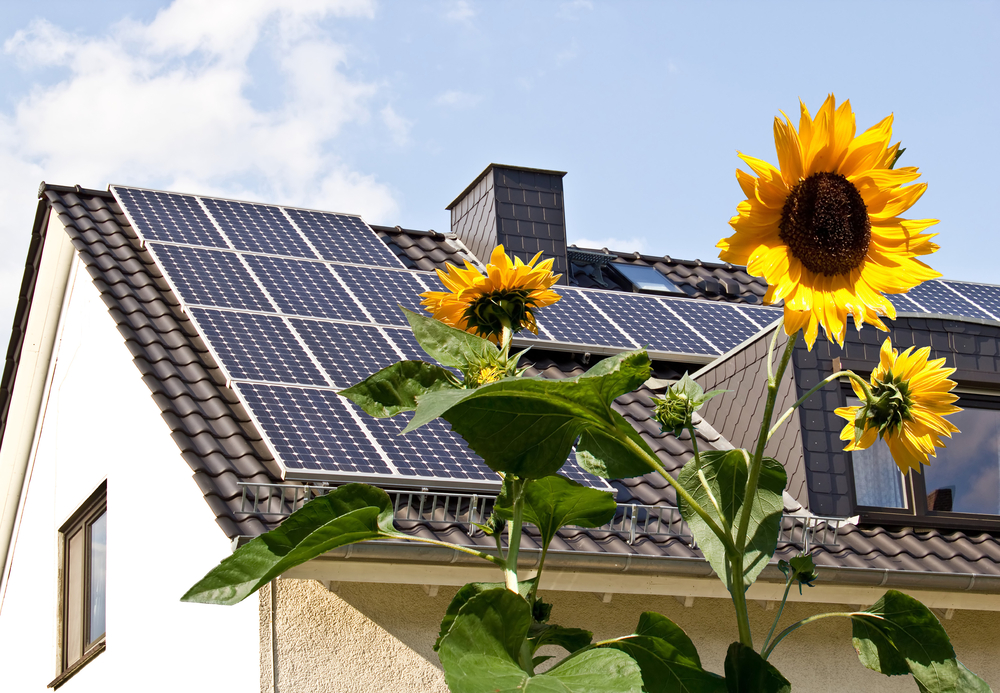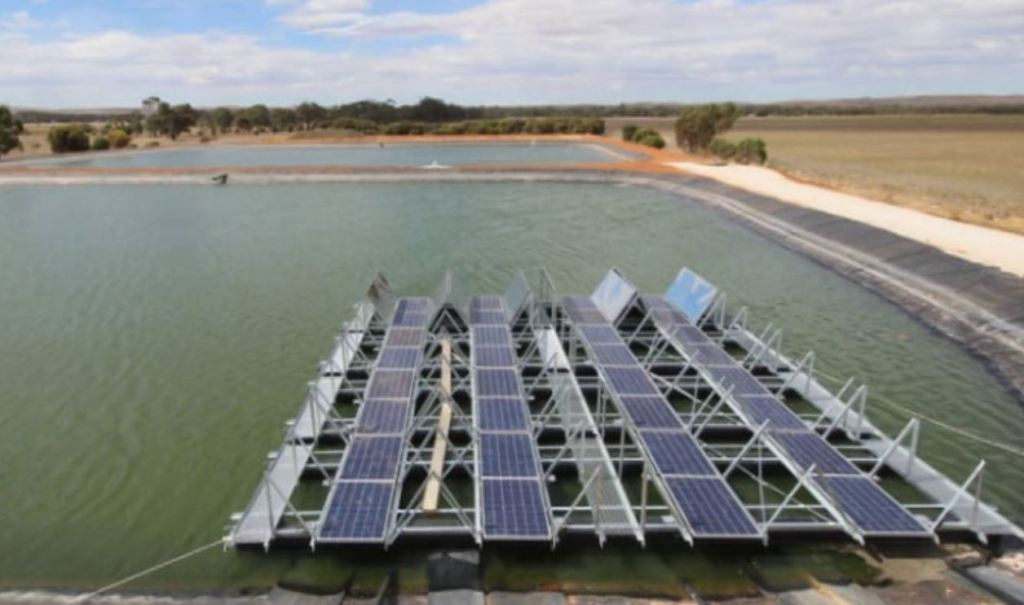Nissan Energy Solar
Robust Power, Recycled
Some believe that solar panels require direct sunlight to work. Those same people may believe that the UK is the world’s most unsuitable place to harness the sun’s energy. Well, they are wrong. More than 880,000 people in the UK use solar panels and Nissan has taken note. In mid-March, the car manufacturer joined the ranks […]


